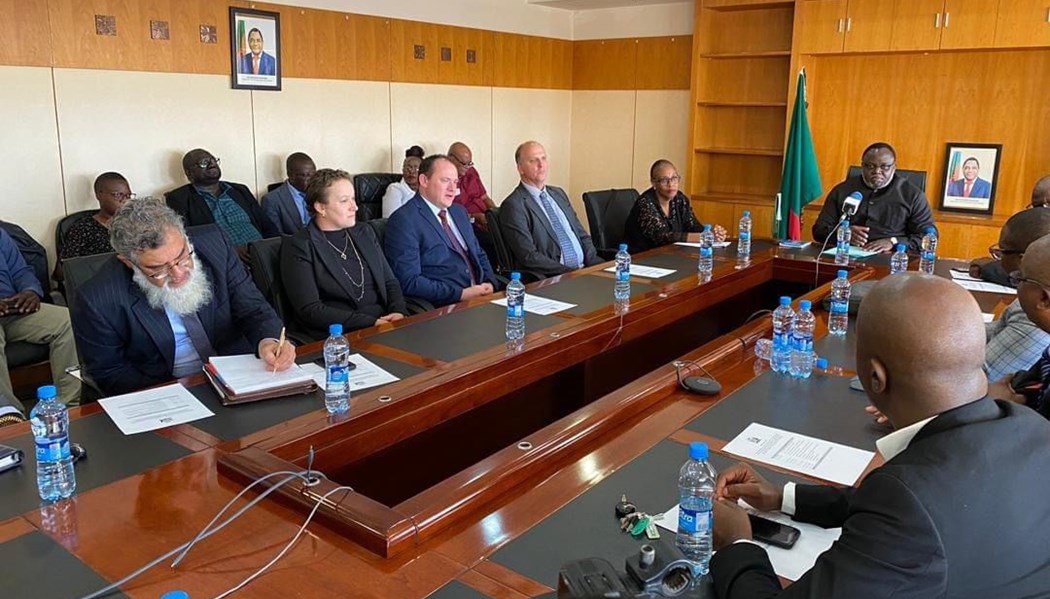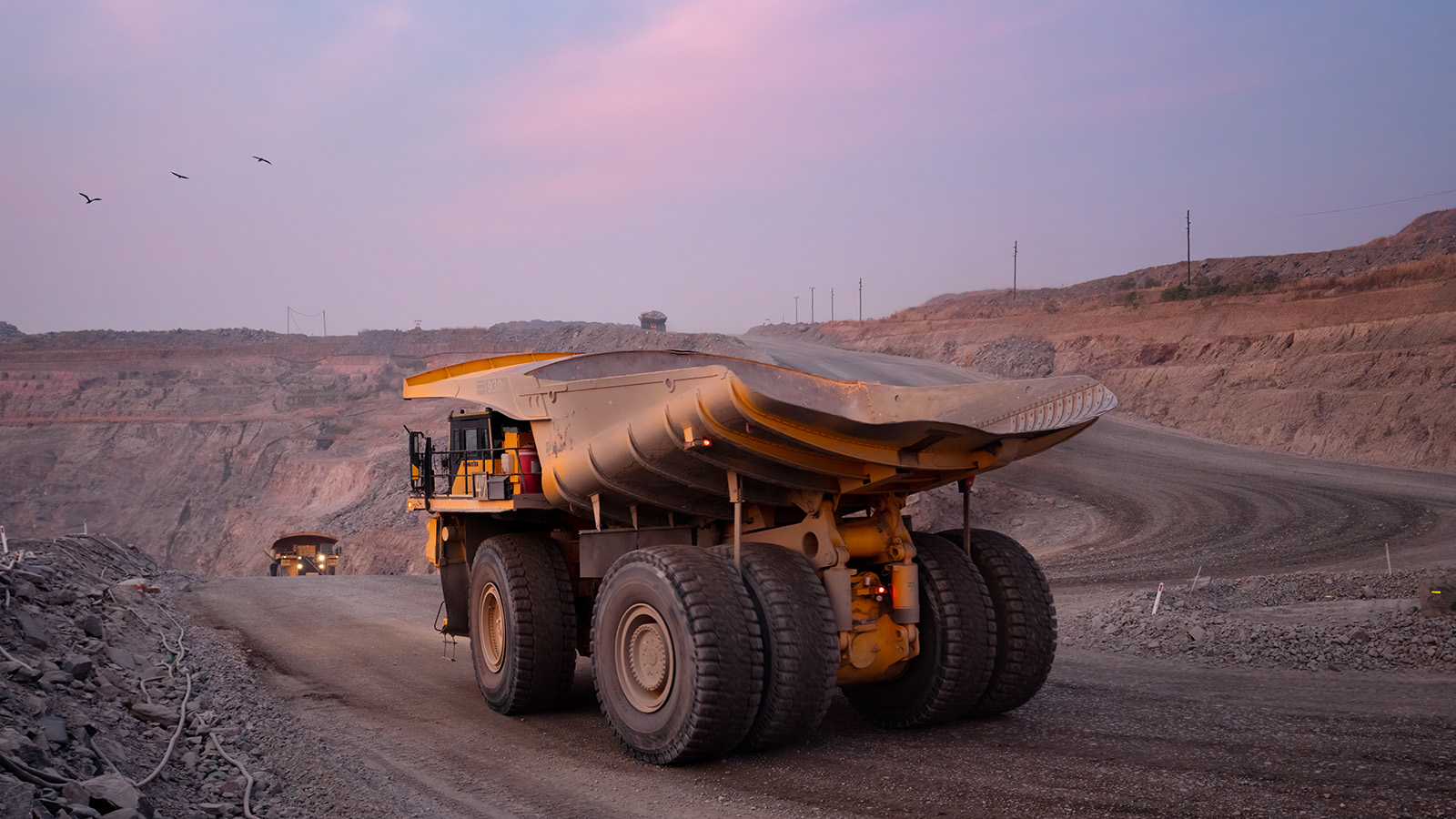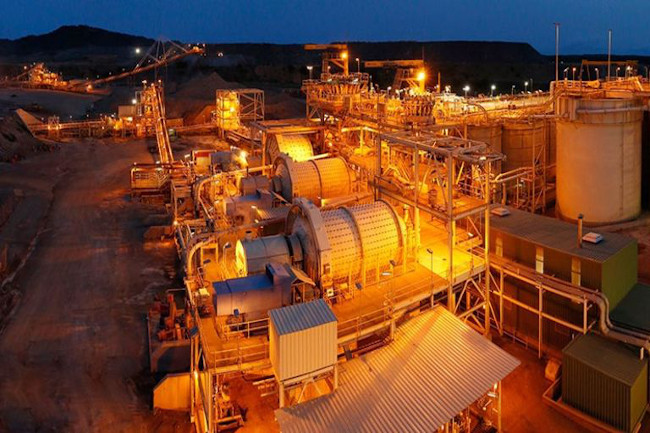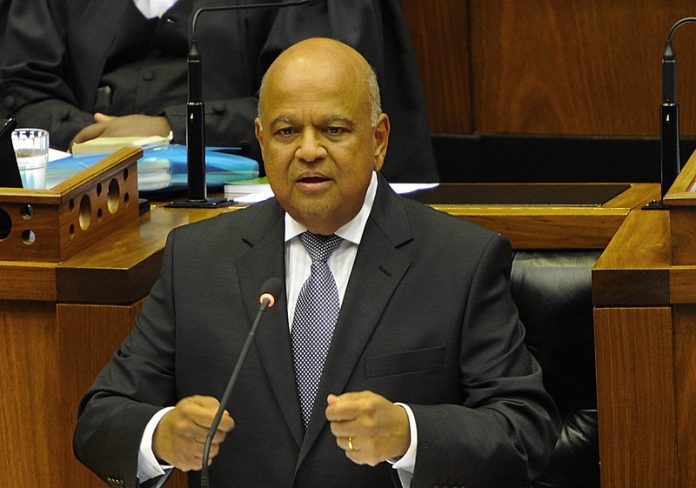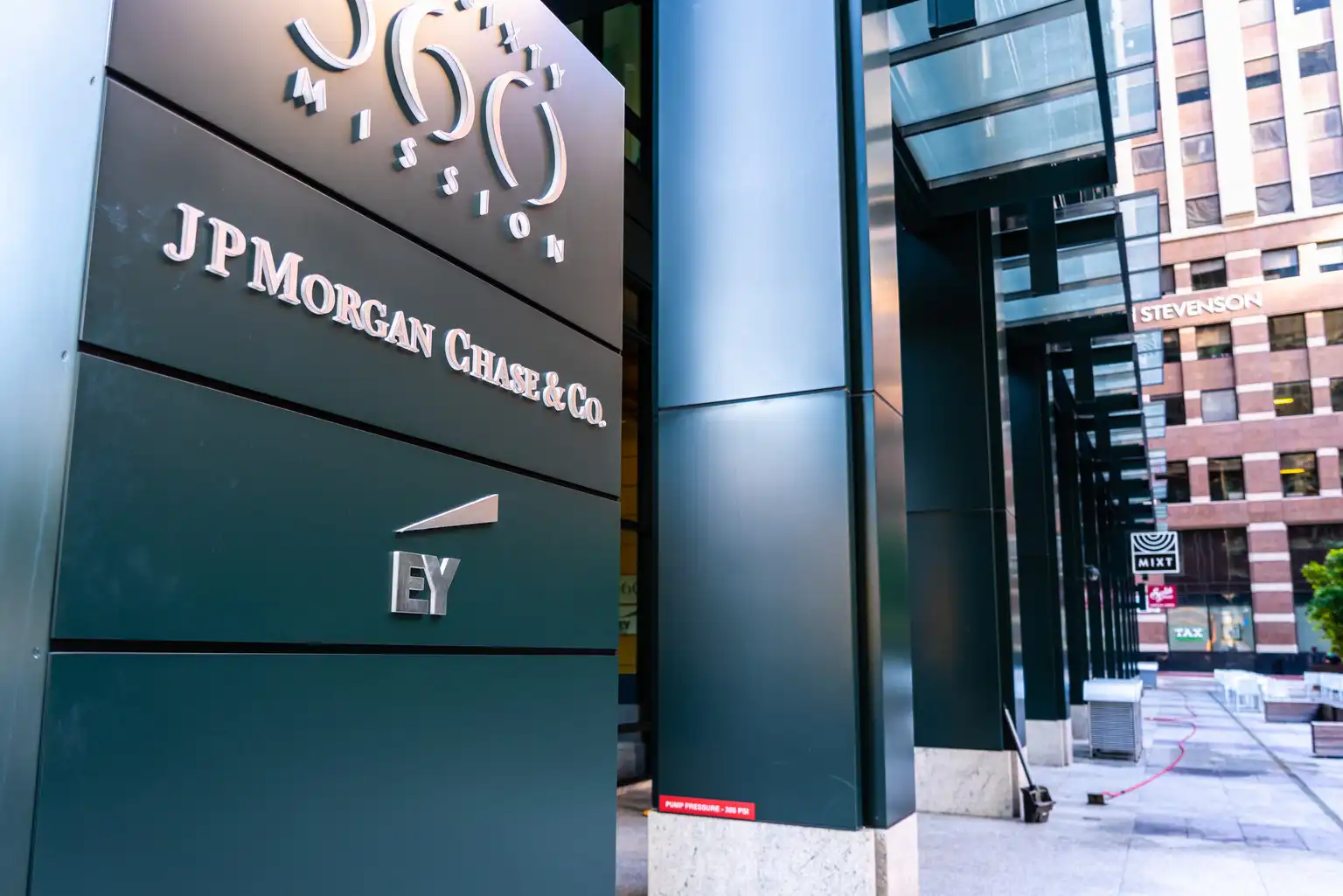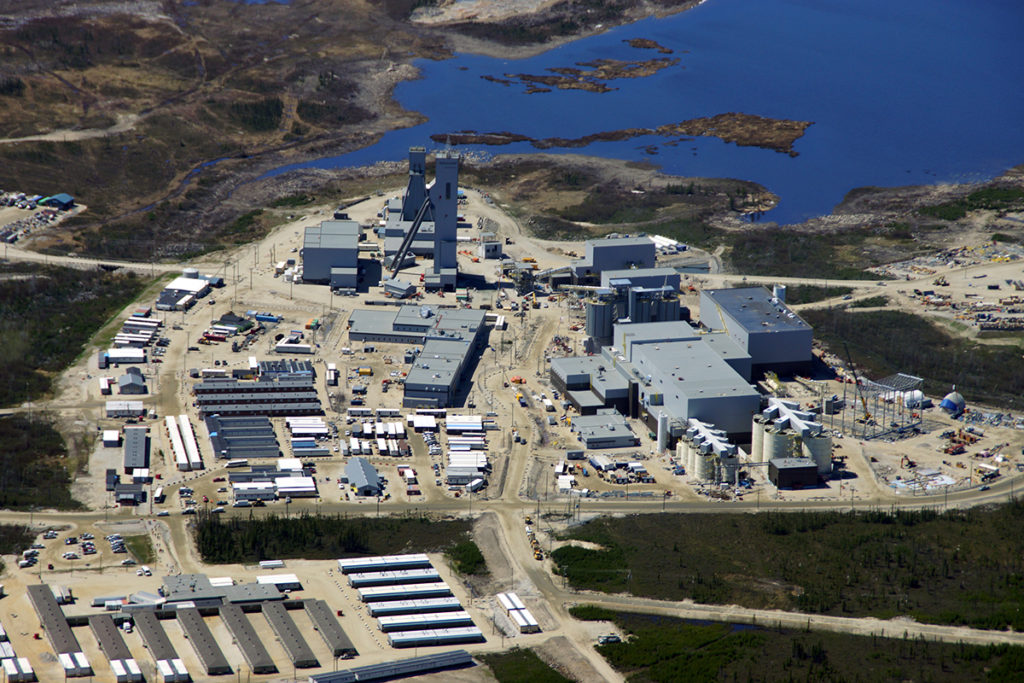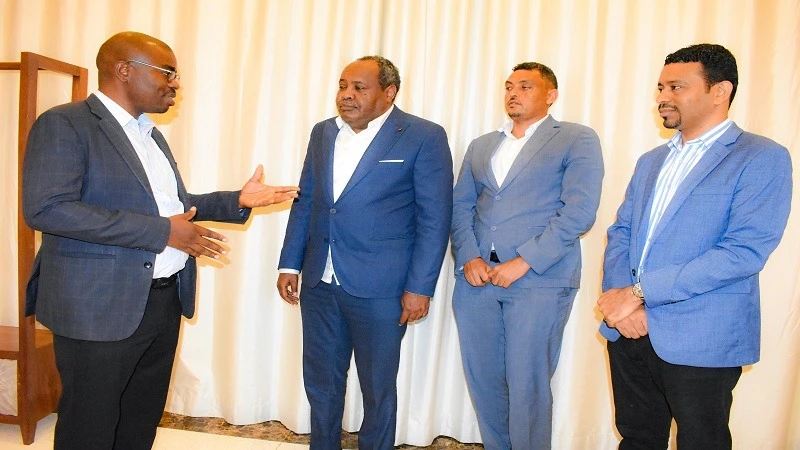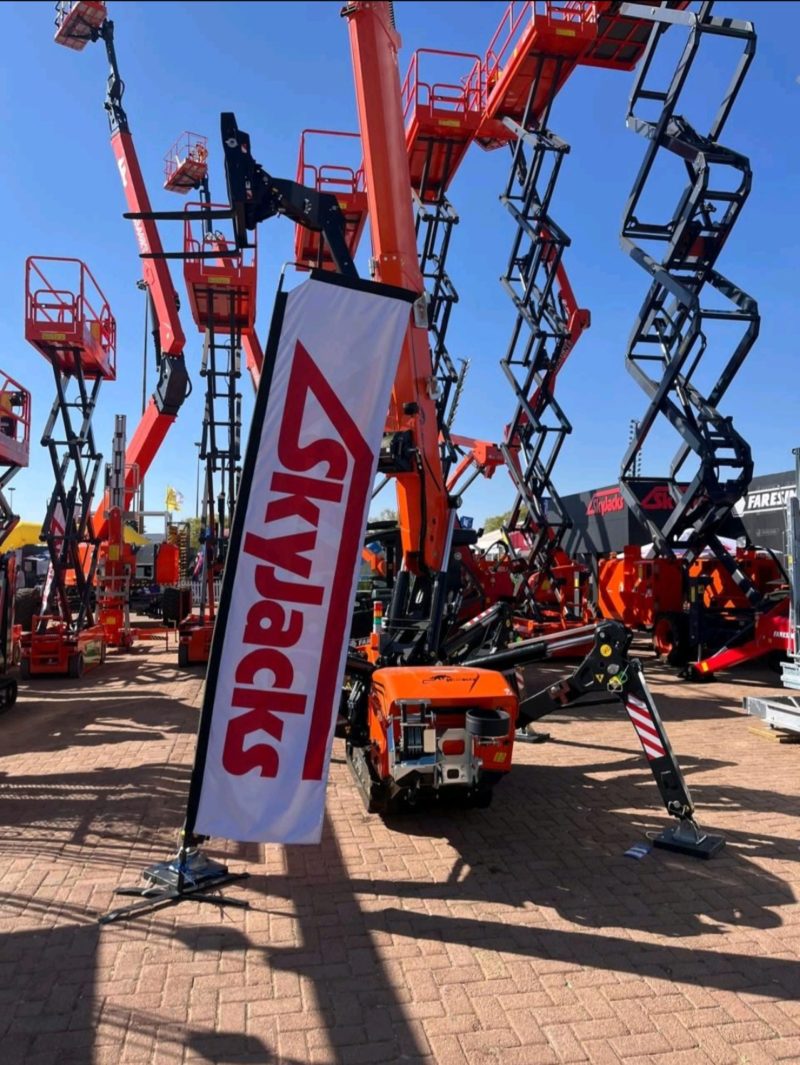Mining Other

How Africa’s Mining Sector is Shaping the Future of Critical Minerals in 2025
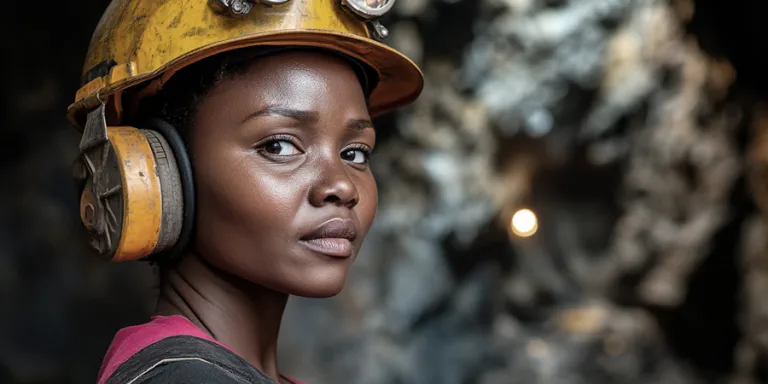
These dynamics offer unprecedented opportunities for sustainable growth but also pose challenges for governments, mining operators, and communities to align strategies effectively.
Geopolitical Competition: West vs East
The global demand for critical minerals—such as cobalt, lithium, nickel, and copper—has heightened geopolitical competition, particularly between Western nations and China. China has long established dominance in African mining, controlling 72% of cobalt and copper mines in the Democratic Republic of Congo (DRC) by 2022 and investing heavily in lithium projects across Namibia and Zimbabwe. In response, Western nations and corporations are increasing their investments to secure resources critical for electric vehicle (EV) batteries and renewable energy storage.
Countries like Zambia and Namibia have gained attention due to their stable political environments and predictable policies, contrasting with the DRC’s higher risk profile despite its rich deposits. As Africa’s critical role in the energy transition becomes clearer, its governments are rethinking the region’s position in global value chains, moving beyond being mere suppliers of raw materials to fostering downstream value creation.
Policy and Localisation: AfCFTA’s Transformative Role
The AfCFTA Agreement aims to accelerate intra-African trade, harmonise logistics and energy infrastructure, and promote localisation. By addressing inefficiencies and fostering a predictable regulatory environment, AfCFTA creates an enabling framework for local manufacturing of mining equipment and downstream beneficiation of critical minerals.
Currently, much of Africa’s mining equipment is imported, with limited local capacity for manufacturing. This dependency represents lost opportunities for skills transfer, job creation, and industrial development. AfCFTA’s rules of origin provide preferential tariffs for goods manufactured on the continent, incentivising global investors to establish facilities in Africa and integrate local commodities into their supply chains. Scaling such initiatives could unlock new economies and uplift communities across the continent.
The 2025 Mining Indaba theme, Futureproofing Mining Today, underscores the need for governments and operators to align policy, investment, and community engagement to create resilient, inclusive economies. African governments must foster investor confidence through stable and transparent regulatory frameworks while prioritising environmental, social, and governance (ESG) practices.
Establishing mineral trading platforms on the continent is another critical step, ensuring that a significant share of revenues remains in Africa to support local economic development. Platforms could serve as hubs for value addition, particularly for battery minerals, enabling Africa to capture a larger share of the global green energy market.
Africa’s mining sector holds transformative potential as the world transitions to green energy. By leveraging Western interest, fostering localisation through AfCFTA, and embracing innovation, the continent can position itself as a global leader in critical mineral value chains.
The decisions made today to harmonise policies, attract investment, and uplift communities will determine whether Africa’s mining sector becomes a cornerstone of sustainable global development or a missed opportunity in the race for a just and inclusive energy transition.




